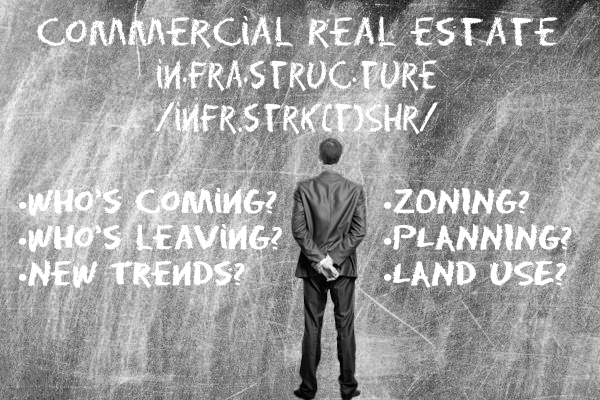|
RCBJ-Audible (Listen For Free)
|
Suburban Communities Are At A Breaking Point: “Press Conference Fear” Hides Underlying Causes Of Housing Crisis
By: Paul Adler
The suburban dream is at risk, facing an existential threat from a deeply rooted and often overlooked issue: NIMBYism (Not in My Backyard) perpetuated not by ‘the neighbors’ but by elected leaders at the village, town and county levels.

Resistance to development is not only stifling growth but undermining the viability and sustainability of suburban communities. The solution lies in embracing the following: Form-Based Zoning, implementing term limits for planning and zoning boards, and developing a comprehensive housing plan that addresses diverse needs throughout the county.
NIMBYism and Its Impact
NIMBYism is a powerful force in local governance, particularly in suburban areas where residents and leaders alike often resist changes that could alter the character of their communities. Elected officials, seeking to appease vocal constituents, frequently uphold restrictive zoning laws that favor single-family residences over more diverse housing options. This resistance has resulted in a lack of affordable housing, limited options for young families, 1st responders, seniors, and workers. This kind of stunted growth stymies local economies.
The Press Conference of Fear
Local leaders often use press conferences and public statements to instill fear about new developments, suggesting they will lead to overcrowding, increased crime, or a decline in property values. Further, they applaud themselves for cracking down on “slumlords” and overcrowding, without addressing the underlying ills. This scare tactic is designed to maintain the status quo and protect the single-family residential paradigm. Such enforcement measures wouldn’t be necessary if there were an appropriate housing plan in place—one that acknowledges the multifaceted needs of the community. Fear equals votes!
The Need for a Comprehensive Housing Plan
A viable and sustainable suburban lifestyle requires a housing strategy that goes beyond single-family homes. We need to understand and plan for:
- Starter Homes: Affordable entry-level homes for young families and first-time buyers.
- Affordable Rental Stock: Accessible rental options for lower-income individuals and families. The folks who work in hospitality, landscaping, construction, hospitals, non-profits, etc.
- Multi-generational Housing: Homes designed to accommodate extended families, promoting cohesion and support. It’s a truly sustainable way to grow community.
- Workforce Housing: Affordable options for local workers, ensuring that those who serve the community can also live in it. Commercial development follows residential growth.
- Housing for First Responders: Prioritized housing for those who protect and serve the community, ensuring quick response times and assisting those who have a stake in their communities.
- Special Needs Housing: Accessible housing for individuals with disabilities, providing independence and quality of life.
- Transitional Housing for the Homeless: Temporary housing solutions to help the homeless transition into permanent residences. A place for rehabilitation, job and life skills training. Helping folks get out of poverty and reintegrate into the community.
- Senior Housing: Affordable and accessible options for aging residents, allowing them to remain in their communities near shopping and transportation, which in turn, enables them to live and work in the community they helped to build.
Embracing Form-Based Zoning
Form-Based Zoning (FBZ) offers a dynamic and flexible alternative to traditional zoning laws. FBZ focuses on the physical form of the built environment rather than the separation of uses, allowing for a mix of housing types and encouraging walkable, vibrant communities. This approach can adapt to changing needs and preferences, ensuring that suburban areas remain livable and attractive over time.
Term Limits for Fresh Perspectives
To combat entrenched NIMBYism, we need term limits for members of planning, zoning, and architectural boards. Fresh thoughts and new perspectives are crucial for innovative and forward-thinking urban planning. Term limits would prevent stagnation and encourage a continual influx of new ideas, helping communities to evolve and thrive.
The housing crisis in suburban areas is a complex issue exacerbated by NIMBYism and outdated zoning practices. By adopting Form-Based Zoning, implementing term limits for planning boards, and creating a comprehensive housing plan that addresses the diverse needs of the community, we can pave the way for a sustainable and inclusive suburban future. It’s time to move beyond fear and embrace change, ensuring that our suburban communities remain vibrant and livable for generations to come.
Paul Adler is Chief Strategy Officer of Rand Commercial. paul.adler@randcommercial.com











